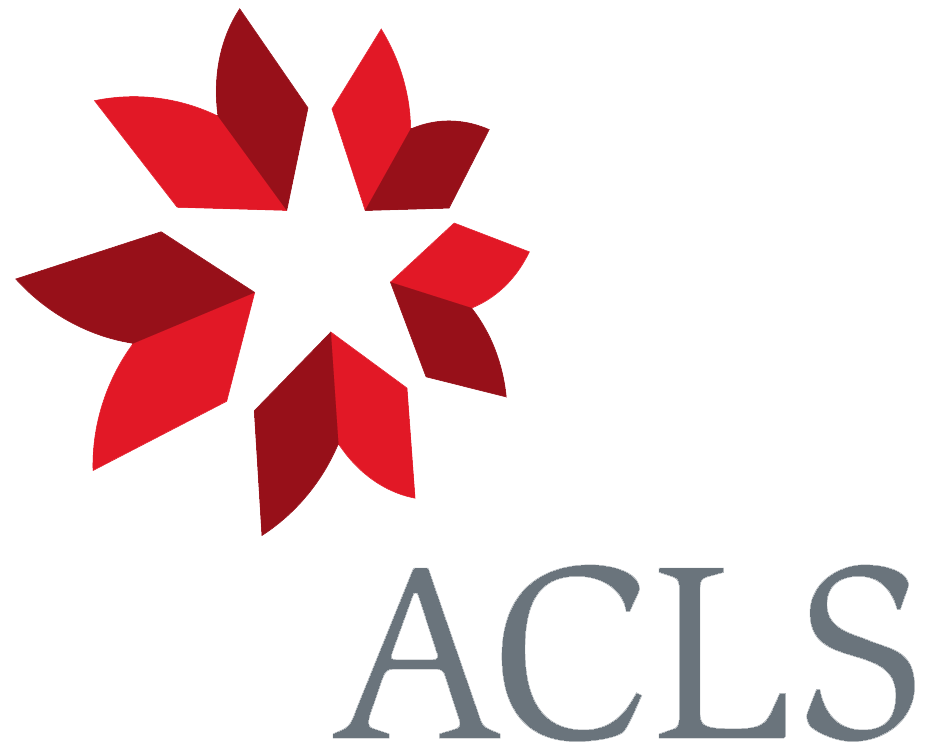From Skeffington Poole 23 October 1858
23rd. Oct. 1858
Dear Sir,
I have yours of yesterday, & I am glad that the information I have been able to give is useful to you.1
You will observe that what I have stated is “from recollection only”. I mention this, as you wish to quote my name as authority, this I have no objection to, but as there may be some little inaccuracy, I should not like to assert all I have stated, as positive facts, though to the best of my recollection they are so, under this proviso you may quote my name—
The true Kattywar horse is not a “Stumpy” “Cob-built” animal in any respect, but well proportioned with a fine high crest and withers, standing from 15 to 16 hands high (I have heard them 17 hands high) they have very easy paces and are pleasant to ride from having high action—
There are plenty of animals that are Bull-necked, “Stumpy” & “Cob-like”— These are generally called “Tattoos” though they may be the height of a horse—
The true breed of Kattywar horses has much deteriorated in the last twenty years, and will soon become extinct from want of care. Not one twentieth of the horses being bred there now that there were thirty years ago. There are many fine horses still in existence, but are difficult to be seen as they are located in the [houses] with the people who are very [anxious] about them— I have seen many bay mares of the Katty breed equal in appearance to the best English blood.
The wild Ass on the banks of the Runn, is the same as that found in Northern Persia, but I do not know the scientific name. It stands higher than the domestic ass, is most beautifully proportioned— The head and legs are striped when first foaled, but the mark across the withers is not so distinct, as either that of the tame ass, or the Kattywar horse and soon becomes [illeg].2
The colour is much the same as that of the domestic light coloured Ass—
They are very fleet, so much so, that it is a rare occurrence to overtake them on the most fleet horse, although run over a country perfectly level— They keep in herds of about 15 or 20 and are very difficult to be got near— They frequent the Runn more about [illeg] [Jamna] and Naggar Parkar3 than any other point— When the dam is going to bring forth, she leaves the herd and hides herself in any adjoining jungle, where she leaves the young, visiting it each day till it can run strongly—as should the old males get at it, and it prove to be a male, they emasculate it by biting out the testicles, at least this is the way in which the natives account for so many Geldings being found in the herds, which can always be recognised, they being so much larger than the others, and when shot they have always proved to be Geldings— The Villagers at the breeding season watch the dams into the jungle, & by this means obtain their young— The doctor of my Regt. at Deesa4 had two a male and female, which he brought up & though every care was taken of them, they could not be tamed, so as to be used for riding or any domestic purpose, indeed they are said to be untameable.
I believe it to be well known, that some years ago, some of the Katty breed of horses were sent home to one of our Sovereigns, this may account for the breed appearing in England— It is to be traced to a breed of horses now to be seen at Elvaston Castle (Lord Harrington’s) and these are known to have come originally from the Royal Stud.—5
Footnotes
Summary
Further information about about Kattywar (Kathiawari) horses in India.
Letter details
- Letter no.
- DCP-LETT-2347F
- From
- Skeffington Poole
- To
- Charles Robert Darwin
- Source of text
- Ronald Levine, Modern 1st Editions (dealer) (no date)
Please cite as
Darwin Correspondence Project, “Letter no. 2347F,” accessed on
Also published in The Correspondence of Charles Darwin, vol. 18 (Supplement)


